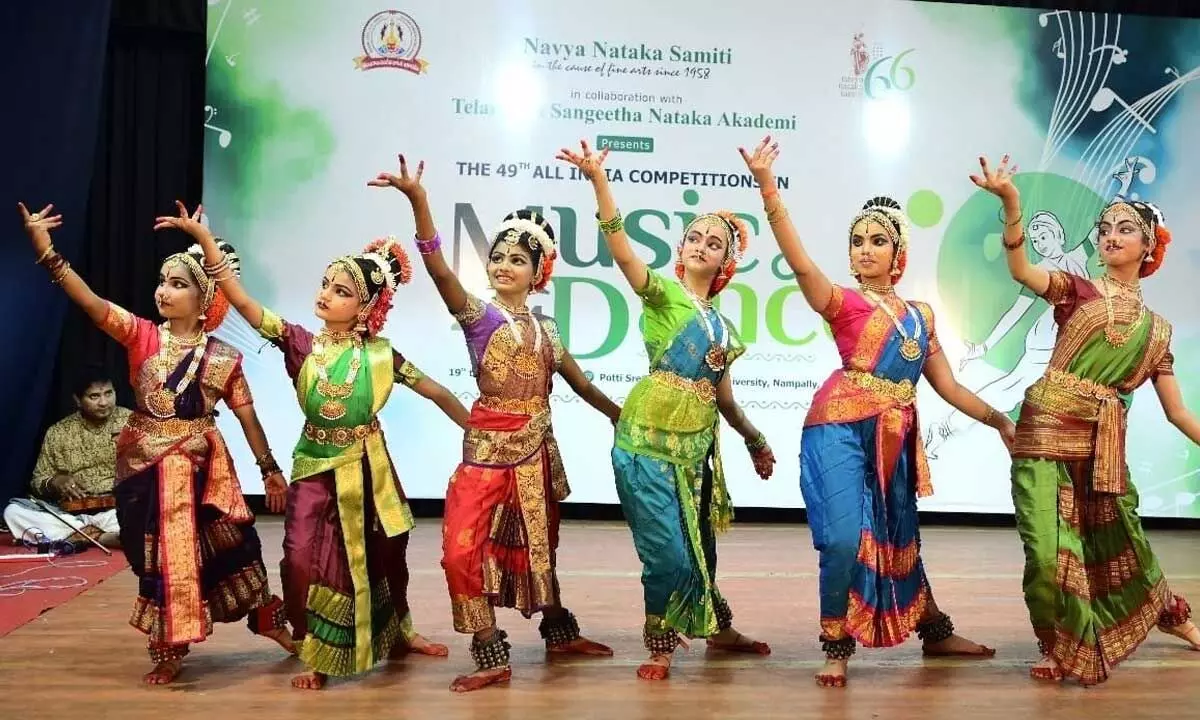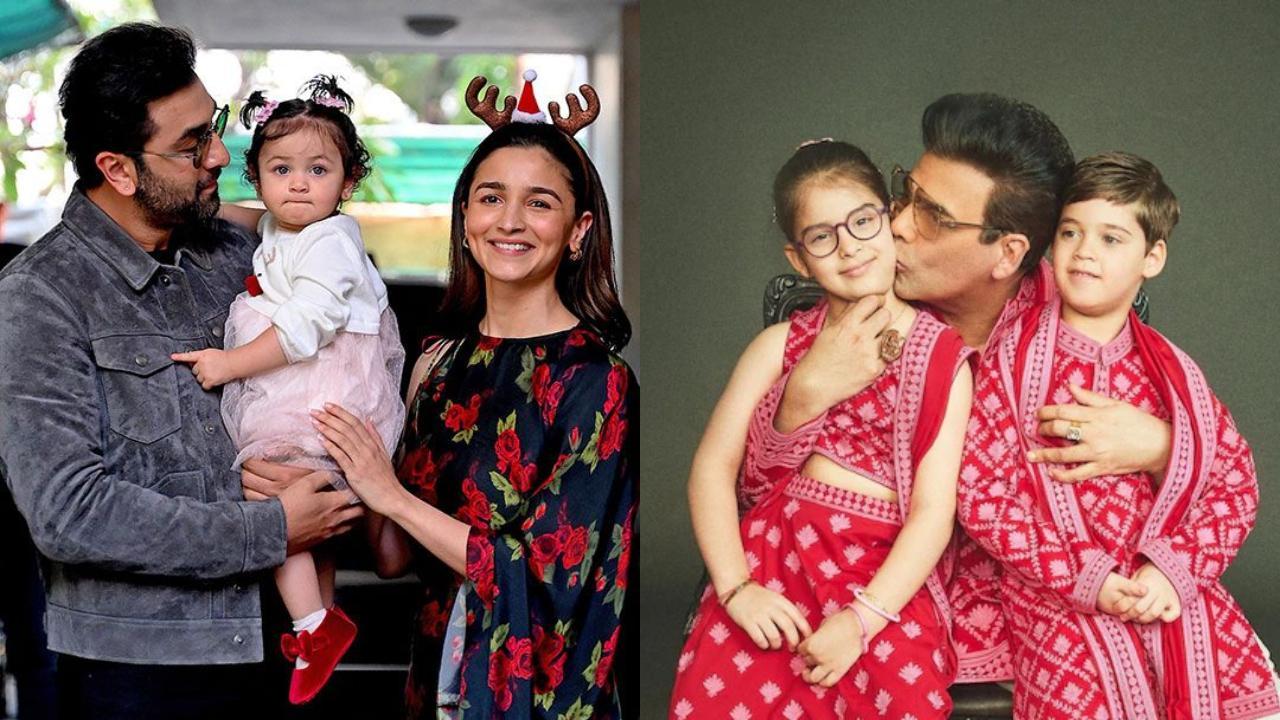To the over 40 million people who travel to Las Vegas every year, the city is all about entertainment that ranges from shopping and gambling, to sport, nightlife, and world-renowned dining. But for the 650,000 people who call Las Vegas home, the realities can be more routine than glamorous. For these people, this is where they live and work, where their children go to school, where they walk their dog, and grocery shop.
And according to city’s CIO, Michael Sherwood, the challenge is to cater to the city’s visitors while servicing the locals, which is why he makes sure the city runs as efficiently as possible. As part of these efforts, he and his team focus on putting data and the right digital technologies to work to improve things like . “While there are always new technologies coming out year after year, you can’t focus too much on the technology,” he explains, noting that CIOs need to look at their objectives, and problems, and then figure out how connectivity, data, and technology can help.

No wrong turns When city officials received reports of wrong-way driving and accidents at an intersection near Las Vegas’ City Hall, for example, they knew they needed to improve the situation. On some days, as many as 40 incidents were being reported. Initially, the city sent people out to monitor the intersection during the day, but it was impossible to predict when an incident might occur.
Working in partnership with NTT DATA, they implemented a smart traffic system to better understand what was causing wrong way driving on one-way streets. Enabled by a , the solution includes LiDAR sensors and advanced analytics tools. The data generated from the sensors allows the city to track incidents and then be more strategic about how they can change the intersection to improve safety.
In the case of the City Hall intersection, the city started with extra signage and more arrows on the roadway before putting a traffic light in place. These interventions have resulted in a significant decrease in incidents, from 40 per day to around three a week. Additionally, this has enabled the city to save roughly $1 million by avoiding wrong way accidents and reducing the resource costs associated with continuous patrolling.
This same suite of solutions is also being used to better understand pedestrian behavior. When intersections are fitted with LiDAR sensors, the city can track the actual time required to cross the road and then adjust pedestrian phase times based on this data. “We went with LiDAR because we really didn’t need anything too advanced,” says Sherwood.
“The computing power and overall expenses required for an intensive video solution were prohibitive, and there are also certain legal requirements that come with storing video footage.” For Sherwood, the beauty of using LiDAR is it makes it possible to see what they want to see without the detail needed to discern who they’re looking at. And for Las Vegas residents, these solutions help the city to boost the level of services to the community.
Rather than sending city officials to check if a particular trash can is full, they can now use smart sensors to see if it’s full and only send someone to that location when necessary. Similarly, if the lights at a local baseball park are accidentally left on, these smart systems make it possible for a city official to switch them off remotely. The goal, says Sherwood, is to work smarter while providing Vegas residents with the resources they want and need.
Understanding that pickleball, for instance, is a fast-growing sport in the US, he and his team can use the data they have around the usage of existing sporting facilities to determine where resources are being underutilised and potentially convert these spaces into pickleball courts. It’s a simple example but shows how tech enables Sherwood and his team to gain visibility and a better understanding of what is and isn’t working, and where improvements can be made. “We are always exploring new technologies especially those that can give us a boost in productivity, efficiency and data collection, says Sherwood.
We want to come up with ways to maximize human capital and if technology can assist in that endeavour, we’re always willing to give it a try, he adds. For example, Sherwood and his team are currently exploring the use of drones as a first responder and as a data collection platform that can streamline maintenance, boost safety and serve as a general observation platform. “Las Vegas is a dynamic community that continues to amaze people from around the world, which is why any technology investments we make, and the partnerships we enter into, must help us to live up to our reputation, and propel us into the future.
”.



















